 Be quiet! I'll deal with you in a minute. It's the bottom of the ninth and the Dodgers are batting. 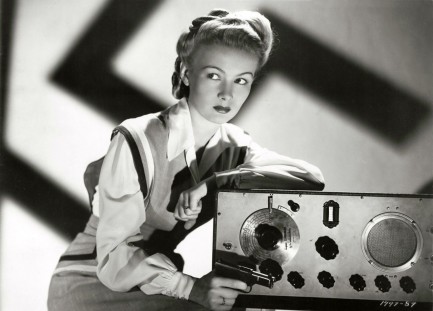 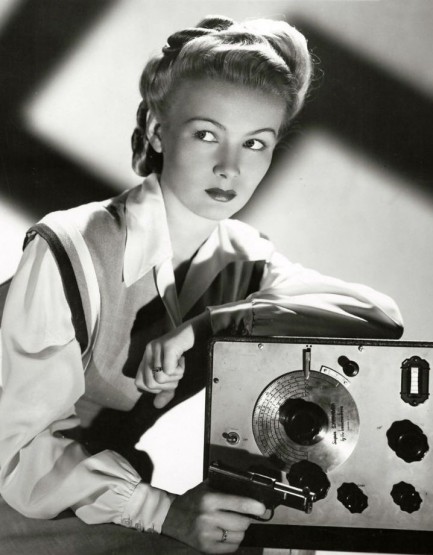 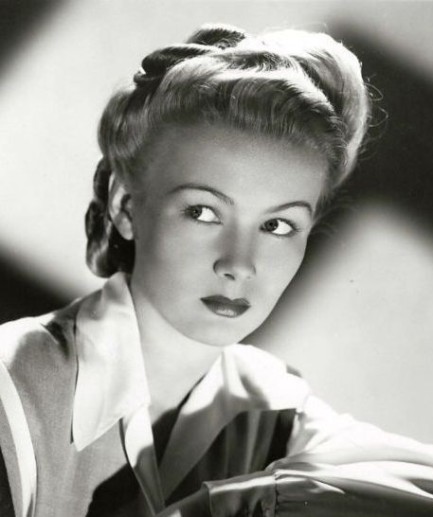
This promotional photo of Veronica Lake was made for her 1944 war thriller The Hour Before Dawn. It's the second promo from the film we've shared. It's hard for us to even conceive of Lake apart from her three major noirs This Gun for Hire, The Blue Dahlia, and The Glass Key, but she made more than thirty other movies we're guilty of not seeing. We'll remedy that soon.
 You never know when your time is up. Usually. 
Above: Veronica Lake stars in a menacing promo photo made for her 1944 spy movie The Hour Before Dawn. She plays a pure femme fatale, a bad woman living in London as a double agent in the employ of the Third Reich. The movie was poorly reviewed, but we give this image five stars.
 Something old, something new. 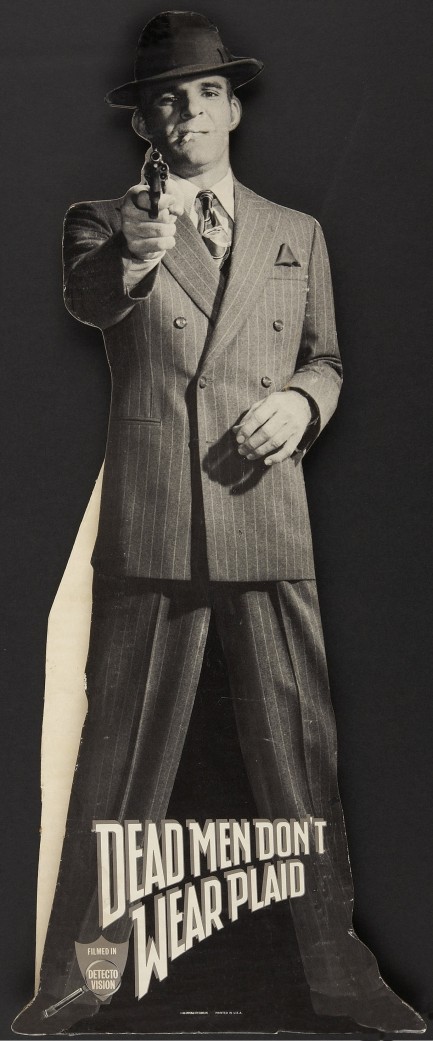
This is something a bit unusual. It's a life-sized promotional cardboard cut-out for 1982's film noir-sourced comedy Dead Men Don't Wear Plaid, which starred Steve Martin and Rachel Ward. We thought of this film recently due to Martin's new Agatha Christie-influenced television mystery series Only Murders in the Building, which we watched and enjoyed. We first saw Dead Men Don't Wear Plaid years ago, long before Pulp Intl. and all the knowledge we've gained about film noir. We liked it much better during our recent viewing.
If you haven't seen it, Martin uses scores of film noir clips to weave a mystery in which he stars as private detective Rigby Reardon. Aside from Ward, and director Rob Reiner, his co-stars are Ava Gardner, Humphrey Bogart, Burt Lancaster, Barbara Stanwyck, Ingrid Bergman, Lana Turner, Cary Grant, and many others, all arranged into a narrative that turns out to be about cheese, a Peruvian island, and a plot to bomb the United States.
The film's flow only barely holds together, which you'd have to expect when relying upon clips from nineteen old noirs to cobble together a plot, but as a noir tribute—as well as a satirical swipe at a couple of sexist cinematic tropes from the mid-century period—it's a masterpiece. If you love film noir, you pretty much have to watch it. Dead Men Don't Wear Plaid had its premiere at the USA Film Festival in early May, but was released nationally today in 1982. 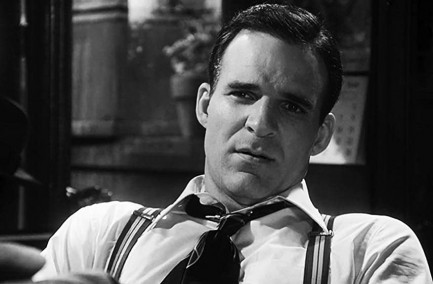
 Royal Crown helps consumers to stay awake at the movies. 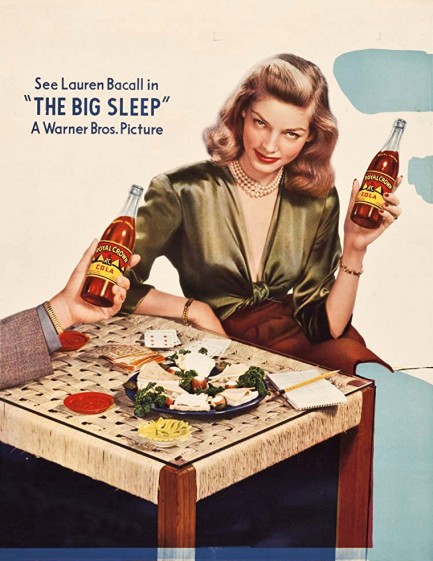
Lauren Bacall brings her special brand of smoky sex appeal to this magazine advertisement for Royal Crown Cola, made as a tie-in with her 1946 film noir The Big Sleep. RC was launched in 1905 by Union Bottling Works—a grandiose corporate name for some guys in the back of a Georgia grocery store. The story is that the drink came into being after grocer Claud A. Hatcher got into a feud with his Coca Cola supplier over the cost of Coke syrup, and essentially launched RC out of equal parts entrepreneurialism and spite. Union Bottling Works quickly had a line of drinks, including ginger ale, strawberry soda, and root beer.
However humbly RC Cola began, the upstart had truly arrived by 1946, because The Big Sleep, co-starring Humphrey Bogart, was an important movie, and Bacall was a huge star. She was only one jewel in the crown of RC's endorsement efforts. Also appearing in ads were Rita Hayworth, Veronica Lake, Joan Crawford, Virginia Mayo, Paulette Goddard, Gene Tierney, Ann Rutherford, Ginger Rogers, and others. Bacall flogged RC for at least a few years, including starring in tie-in ads for Dark Passage, another screen pairing of her and Bogart that hit cinemas in 1947. You see one of those at bottom. We can only assume these ads were wildly successful. After all, it was Bacall.
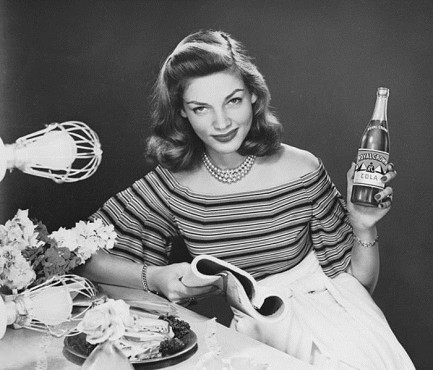 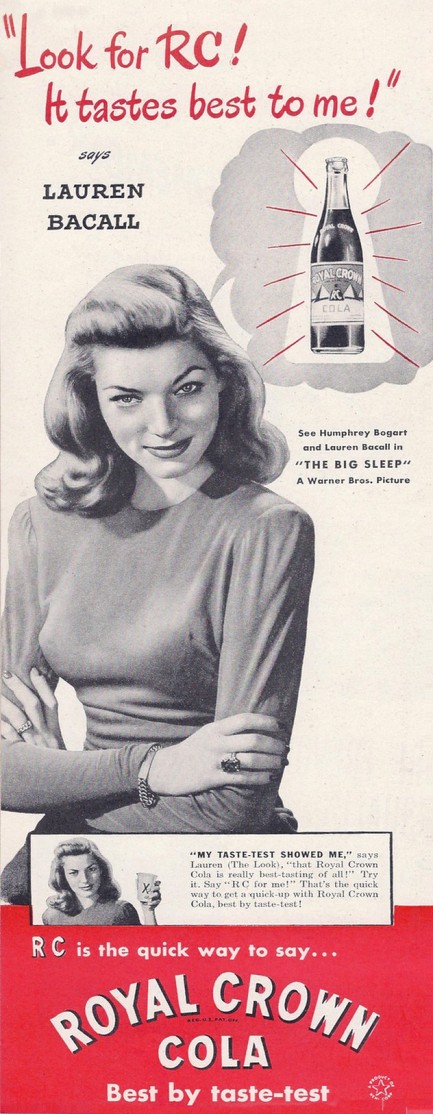 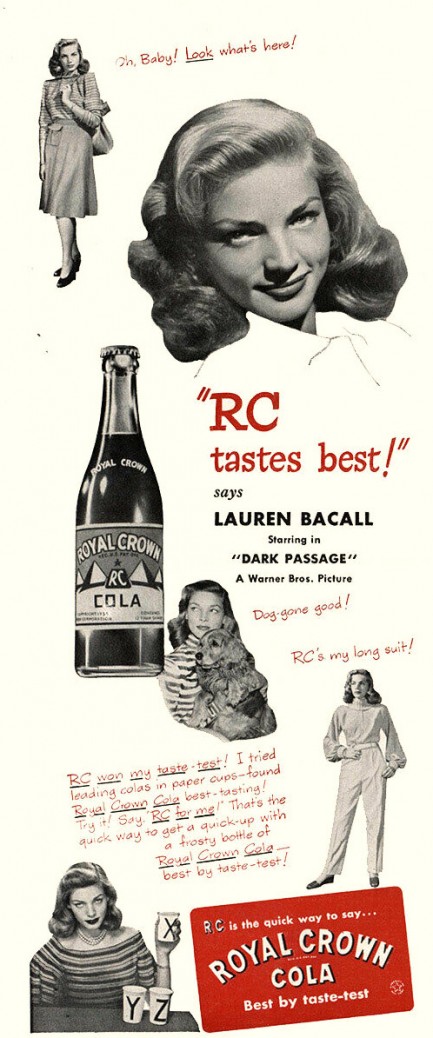
 It's Ho Chi Minh City (not Saigon). Why they changed it we can't say. People just liked it better that way. 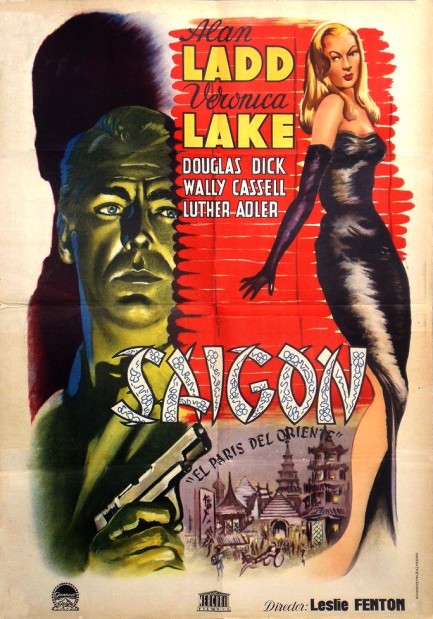
This is a beautiful Spanish poster for the 1947 adventure Saigon, which opened in Madrid today in 1948. The film is one of innumerable mid-century thrillers set in foreign cities. At a time when the rest of the world was so distant and hard to reach, Hollywood fetishized it, romanticized it, and set stories wholly or partly in Mexico, Argentina, Morocco, China, Hong Kong, Martinique, and an entire atlas of other places. But today, with the rest of the world so easy to reach, Hollywood mostly tells audiences they'll be kidnapped or dismembered if they leave home. Saigon is old school. It makes viewers wish they could fly to mystical East Asia. Of course, the film's Saigon doesn't exist anymore, but the fact that Hollywood set a movie there tells you it must have been quite a place. But they say that about all the former colonial cities, don't they? Rangoon, Bombay, and Constantinople, as brilliantly eulogized in the satirical song by The Four Lads, “Istanbul (Not Constantinople).”
Saigon deals with two recently discharged military buddies played by Alan Ladd and Wally Cassell who decide to stay in Asia to show their terminally ill third pal a good time before he dies in a few months. The third man doesn't know he's ticketed for oblivion, which leads to problems when Veronica Lake takes a liking to him. No matter how romantic old Saigon was, only so many tropical nights and platters of French-Vietnamese fusion cuisine can distract you from the fact that the love-hate relationship between Ladd and Lake is unpalatable. To us, slapping, insults, and over-the-top meanness feels like hate-hate. But put on your retro filter and you'll find a lot of comedy in this film, thanks to motormouth quipster Cassell. Some of his lines are truly clever. It wouldn't be exaggerating to say he makes the first sixty minutes of running time watchable.
When Lake inevitably falls for Ladd even though he's been treating her like a disease for hundreds of nautical miles, you'll accept it because it's a motif in old movies—though usually managed with a lot more charm and finesse. Overall we consider Saigon recommendable, but just barely. You know what we really took away from this movie, though? What you needed to do back then was open a shop and sell white suits. You'd have made a fortune. There are more white suits here than you can count. Far more than in Casablanca or Our Man in Havana. This film will make you wonder whether you can pull off the white suit. But even if you looked okay in it where would you wear it these days? Like old Saigon, that city is gone. 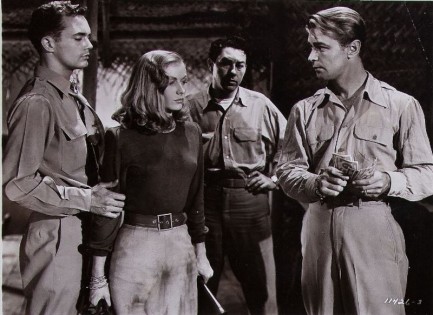 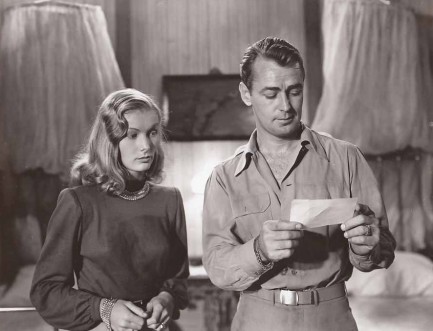 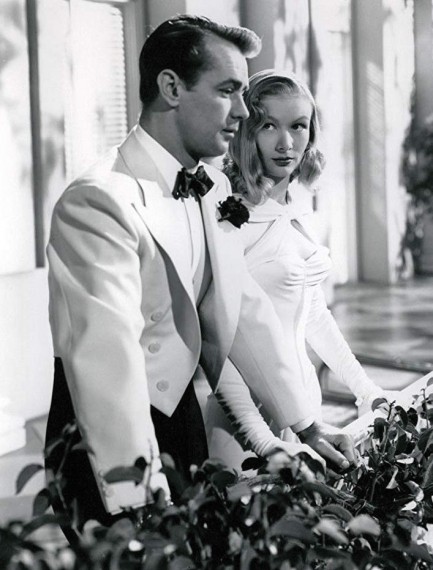 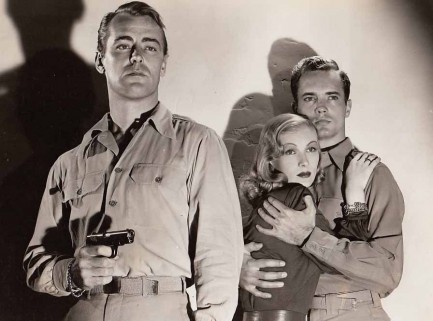  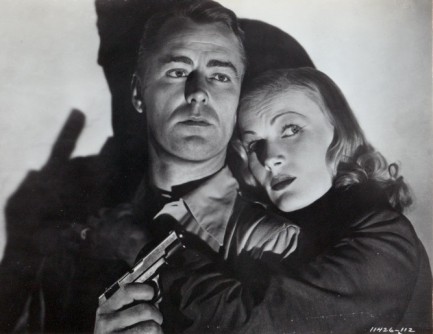 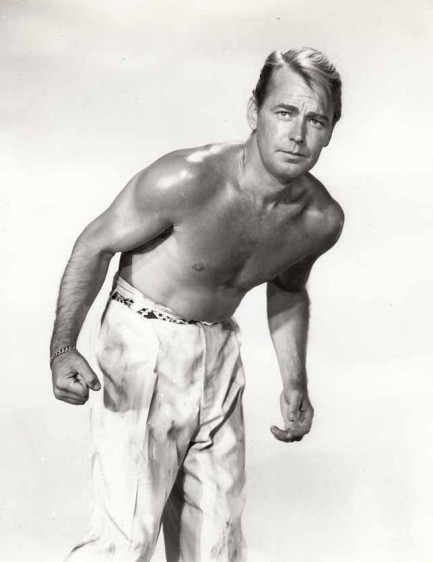 
 And you think America is polarized today. 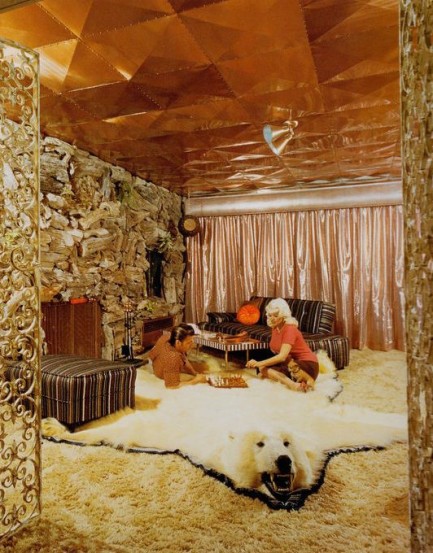
The iconic polar bear rug. What can you say about them? Well, it's not a good look nowadays, but back then people thought these sorts of decorations were quite chic. When did that end? Possibly shortly after the three-hundredth Playboy model posed on one, or when many people began to see trophy hunting as the obsession of vain and unsavory millionaires. One of those two. Personally, we blame Hefner. In the shot above Jayne Mansfield and Mickey Hargitay take polar bear style to its pinnacle. Just look at that room. Besides the bear they have a copper ceiling, satin curtains, and a white shag rug. It's a pimp's wet dream and all of it must have cost a fortune. We like to imagine what the look on Jayne's face would have been if anyone walked in with a brimming glass of red wine. We bet she'd have turned whiter than the bear.
We have more photos in the same vein below. If you need help identifying the stars, their names are in our keywords in order of appearance. Looking at the entire collection, we tend to wonder if there were three or four bears that ended up in all the photos. You know, like bears owned by certain photography studios or prop departments. Just saying, a couple of them look suspiciously similar. But on the other hand, how different from each other do bears really look? You'll notice that the poor creatures were generally posed to look fierce. But by contrast Inger Stevens' bear, just below, strikes us as a bit reflective and melancholy, which is understandable. Elizabeth Montgomery, meanwhile, gets extra points for wearing her bear. We have twenty-plus images below, including another shot of Mansfield, sans Hargitay. 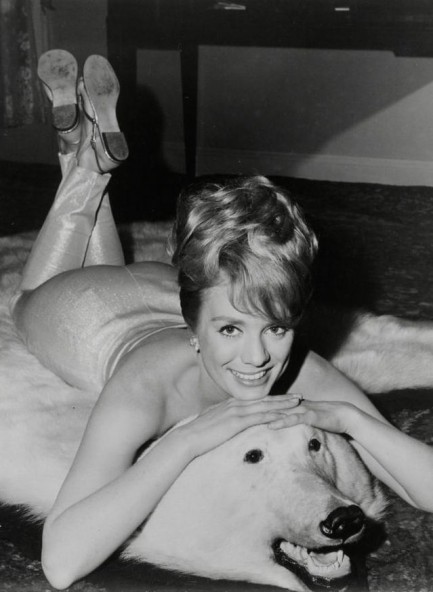 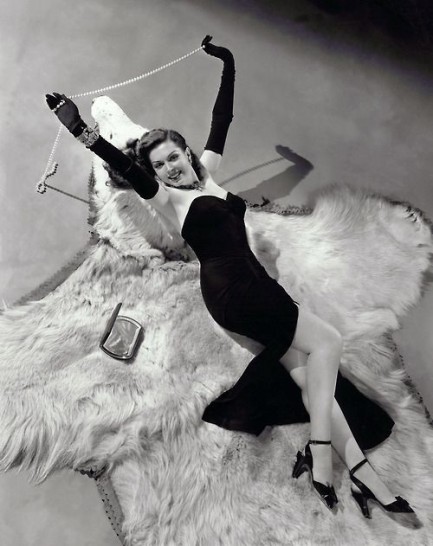 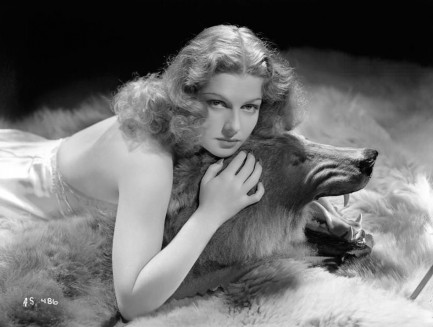 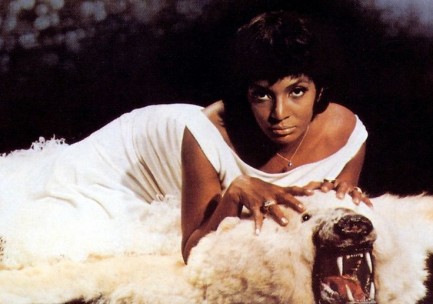 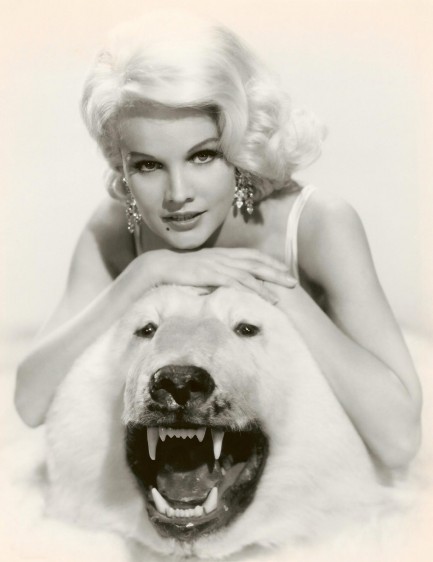 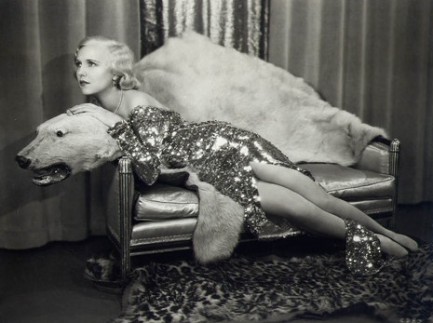 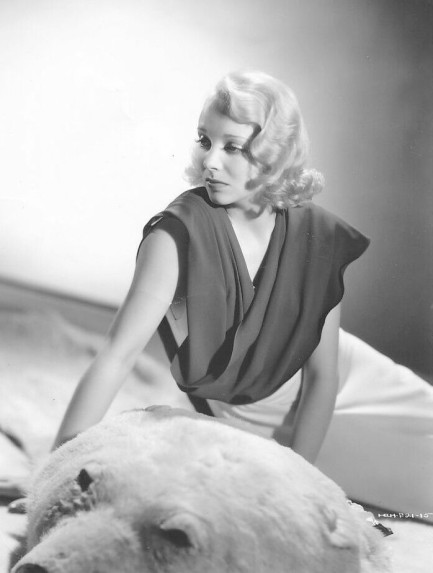 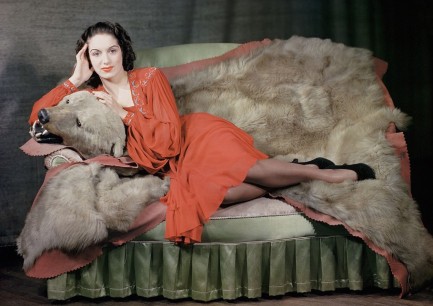 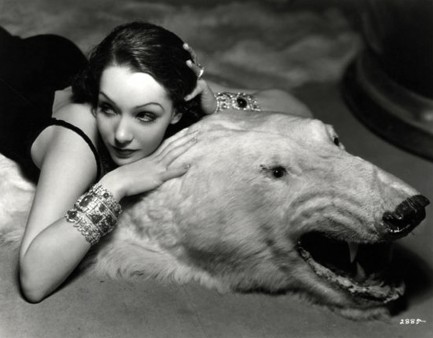 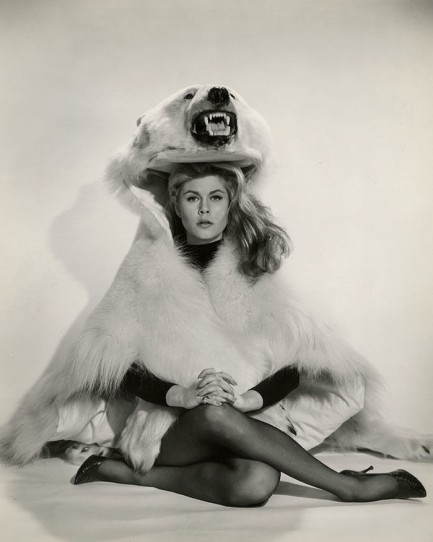 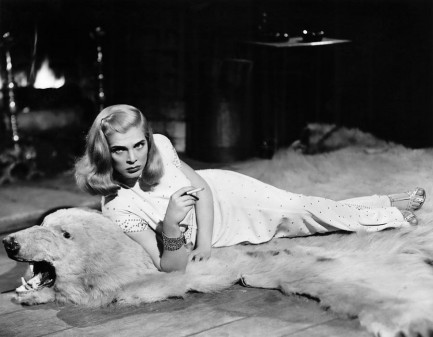 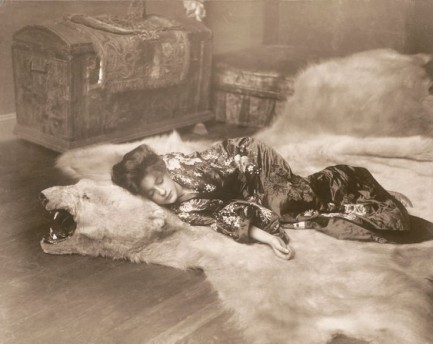 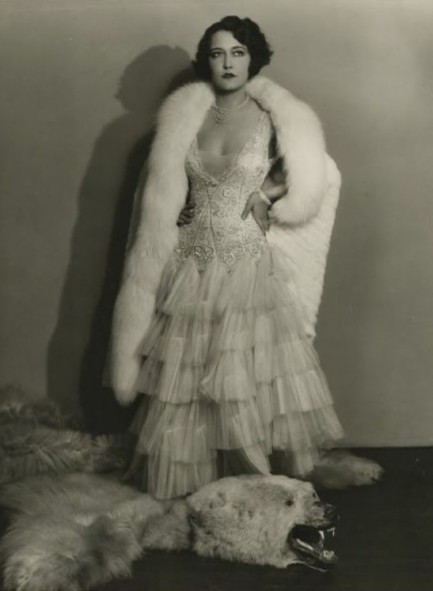 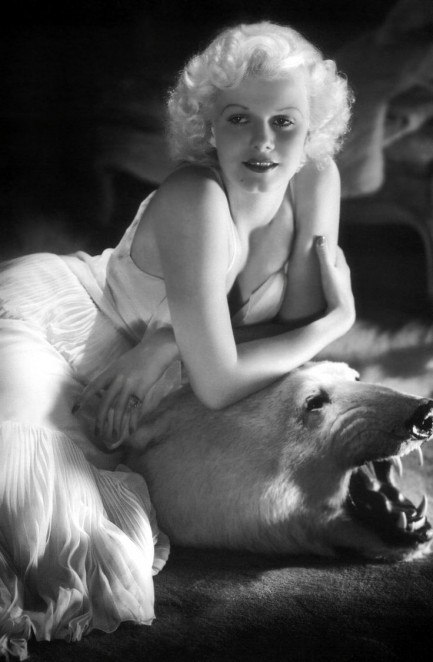 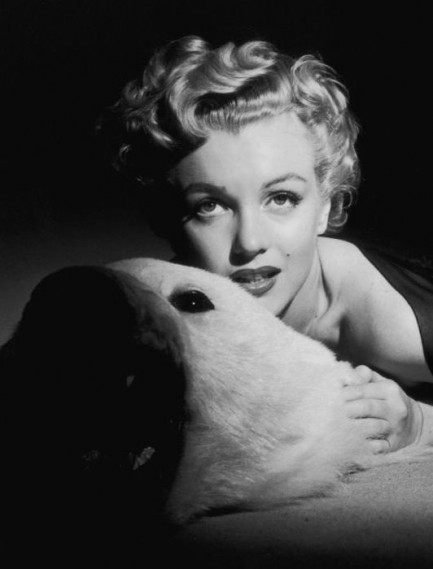 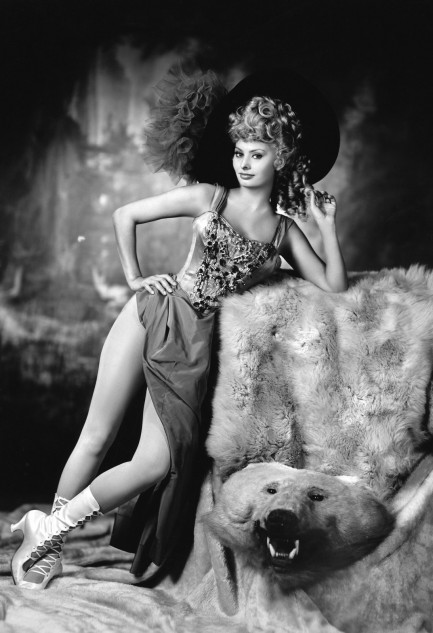 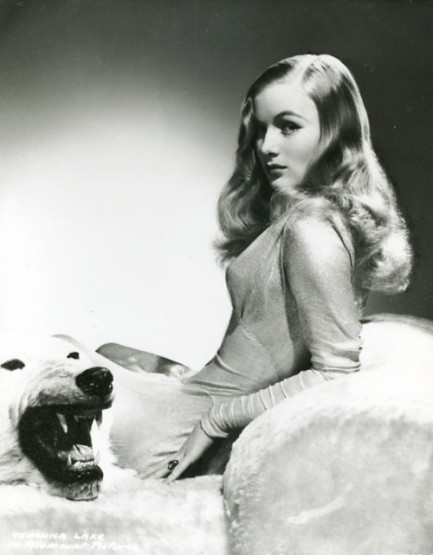 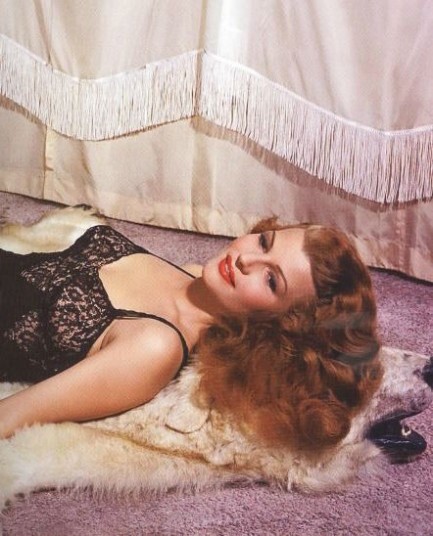 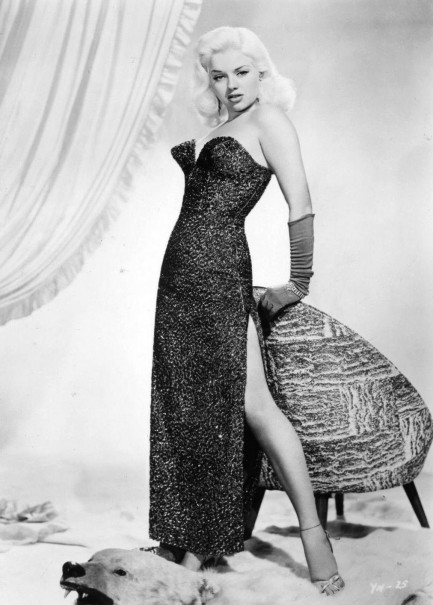 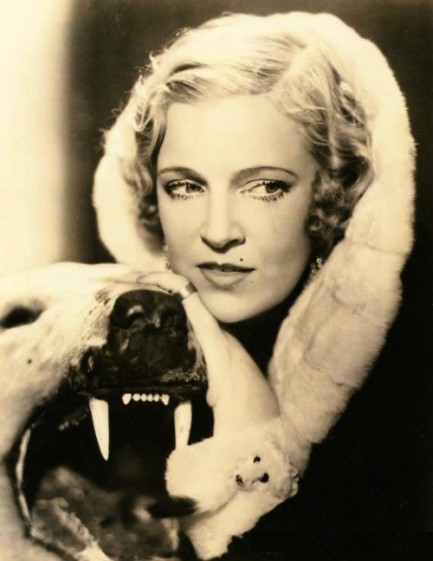 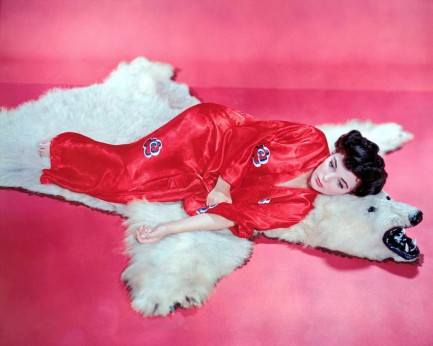 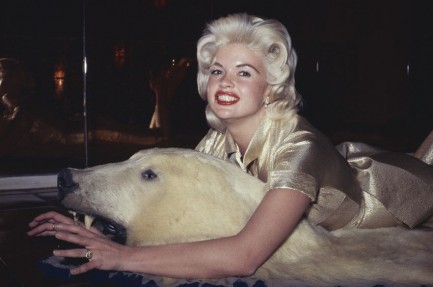
 The Lake is lovely, dark, and mysterious. 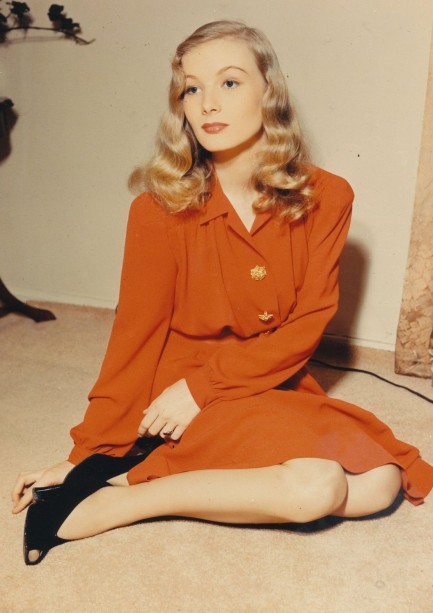
She was born Constance Frances Marie Ockelman but became known to the world as Veronica Lake. She played dozens of movie characters built around her screen trademark of low key coolness, but in real life she indulged in too much drink and drugs, was arrested several times for public drunkenness and disorderly conduct, and suffered through three failed marriages. Eventually she died of complications from cirrhosis of the liver. This photo shows her in classic, illusory mode—beautiful and just a bit detached—around 1945.
 Los Angeles homecoming goes awry for Alan Ladd. 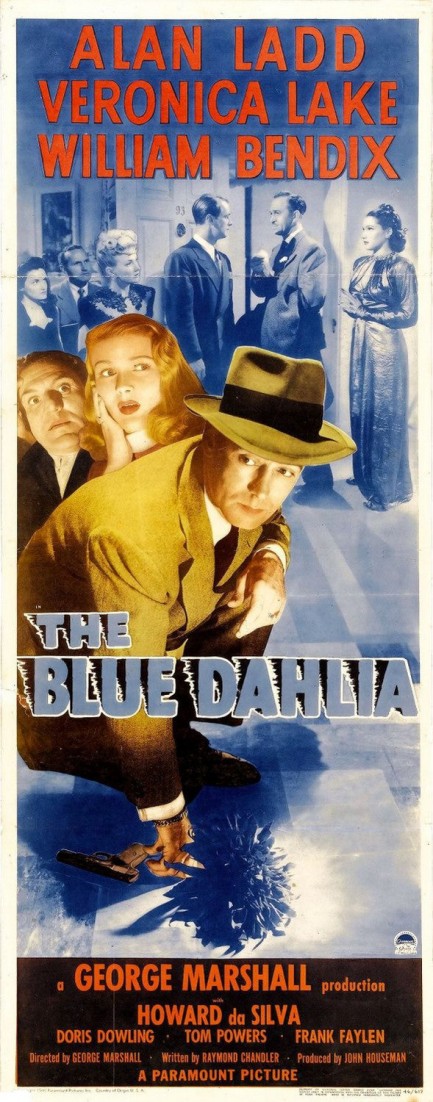
The Blue Dahlia is often cited as a top film noir, but it really isn't. That didn't matter to the Hollywood movers and shakers who nominated Raymond Chandler's screenplay for an Oscar, but we suspect the nod was for stringing together hard boiled dialogue, since it certainly wasn't for stringing together a coherent plot. The movie tells the story of a vet who returns home to find his wife cheating with the shady owner of a Hollywood nightclub. When she's murdered, the husband is sought by police, but he goes fugitive and attempts to find the real killer. With pretty boy Alan Ladd in the lead, plus support from Veronica Lake, William Bendix, and the beautiful Doris Dowling, The Blue Dahlia has a lot going for it, including a cool nocturnal vibe, but a script too reliant on improbable occurrences and Lake's flat performance in a basically ornamental role keep it from being upper echelon. It's worth a watch just to see Bendix go bathouse crazy every time he hears what he calls “monkey music,” but go into it knowing there are at least twenty better films in the genre. 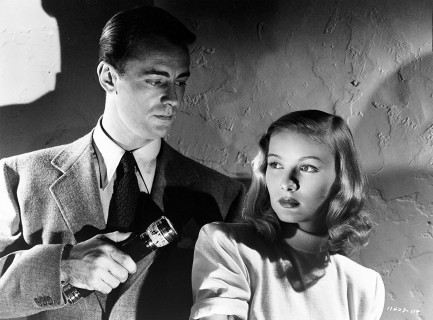 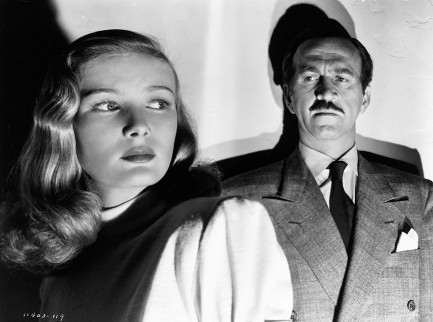 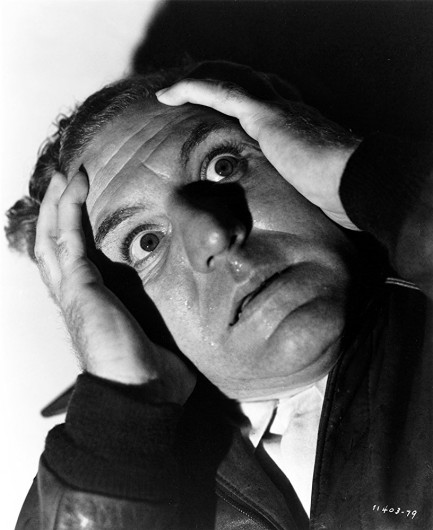 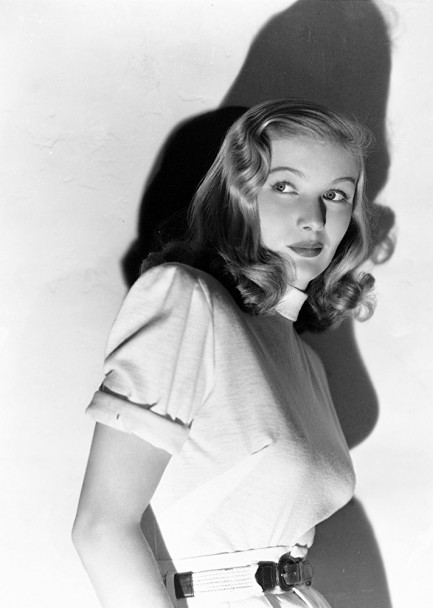 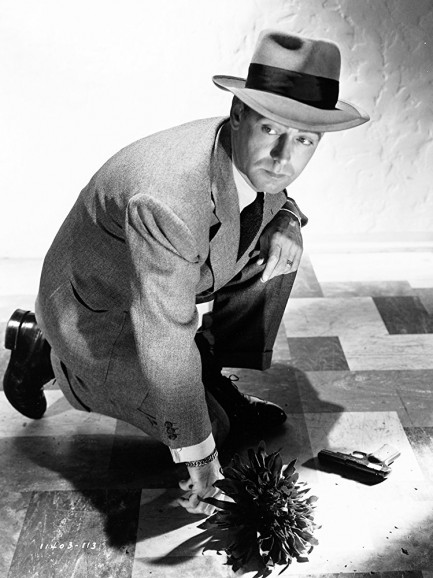
 The city that helped inspire film noir hosts a celebration of the genre. 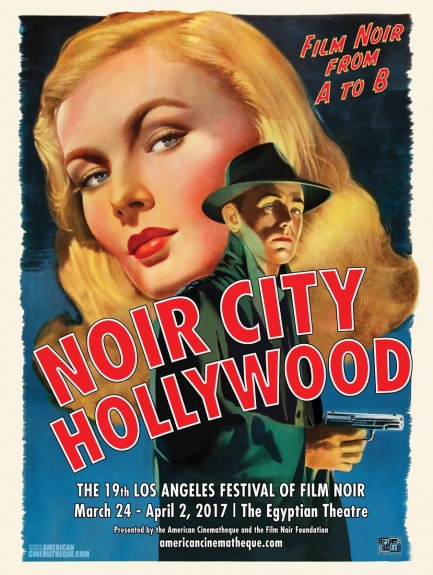
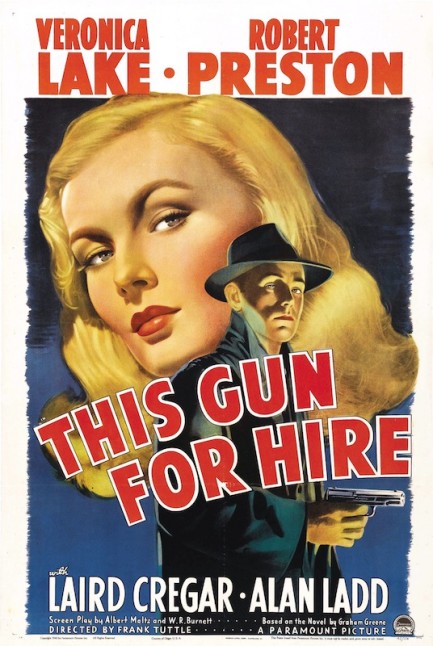 Above is a very nice promotional poster for the 19th Noir City Film Festival in Los Angeles, which starts this evening at Grauman's Egyptian Theatre in Hollywood. Some of the featured films include The Accused, Lady on a Train, and Chicago Deadline, and film noir buffs will have noticed that the promo art features Veronica Lake and Alan Ladd from 1942's This Gun for Hire, which is also on the slate. In fact that one opens the festival tonight as part of a double bill with Quiet Please, Murder. Above is a very nice promotional poster for the 19th Noir City Film Festival in Los Angeles, which starts this evening at Grauman's Egyptian Theatre in Hollywood. Some of the featured films include The Accused, Lady on a Train, and Chicago Deadline, and film noir buffs will have noticed that the promo art features Veronica Lake and Alan Ladd from 1942's This Gun for Hire, which is also on the slate. In fact that one opens the festival tonight as part of a double bill with Quiet Please, Murder. Seeing the movies in the Egyptian, which opened in 1922, just adds to the authenticity of the experience. And of course film noir wouldn't be the same without Los Angeles, a city that is almost itself a character in many films. Mainly, though, we were drawn to the promo art and had to share it. It mimics the original This Gun for Hire poster, which is one of the nicer efforts from the time period and a collectible that runs upwards of $20,000 for original prints. We tried to determine who painted it and had no luck. Below we also have a couple of shots of the Egyptian, which is a place we recommend visiting if you're ever in Hollywood. You can learn more about Noir City Los Angeles at this link.  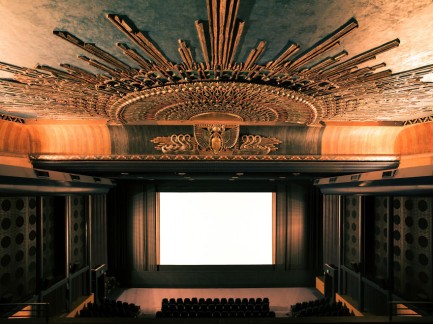
 It may be the second version but it’s first rate. 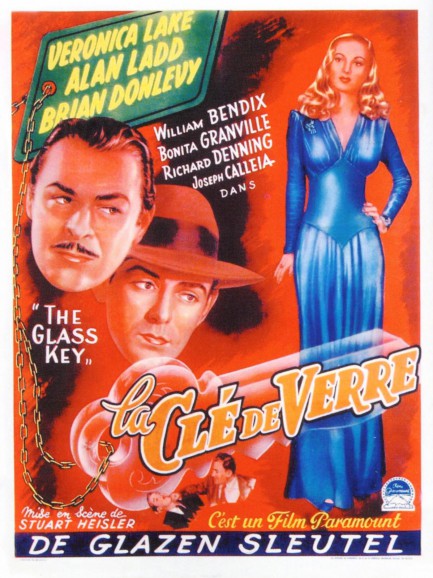 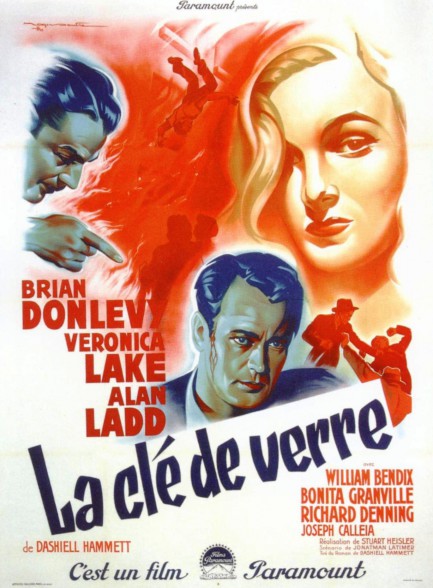
Above is French poster art for La Clé de verre, aka The Glass Key, the second Hollywood adaptation of Dashiell Hammet’s 1931 novel. We’ve shared other Glass Key materials, but never talked about the film. Suffice to say this Alan Ladd/Veronica Lake vehicle is excellent—much better than This Gun for Hire, which starred the same beautiful pair (Ladd and Lake appeared together in seven movies). Complicated, engrossing, and liberally spiced with excellent action and Hammett’s wit chanelled through Jonathan Latimer's screenplay—“My first wife was a second cook at a third rate joint on Fourth Street”—The Glass Key is mandatory viewing. It’s also interesting for its cynical look at American politics, portrayed as corrupt, built on lies, and fueled by legalized bribery. That much hasn’t changed. The first Glass Key was made in 1935 with George Raft in the lead, but this remake from 1942 is the one to watch. Its French premiere, delayed for years due to World War II and its aftermath, was today in 1948.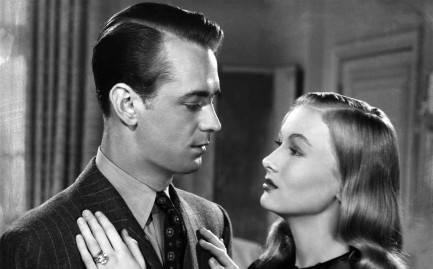 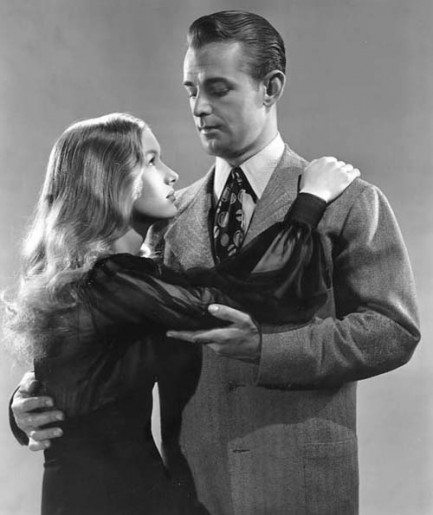

|
 |

The headlines that mattered yesteryear.
2003—Hope Dies
Film legend Bob Hope dies of pneumonia two months after celebrating his 100th birthday. 1945—Churchill Given the Sack
In spite of admiring Winston Churchill as a great wartime leader, Britons elect
Clement Attlee the nation's new prime minister in a sweeping victory for the Labour Party over the Conservatives. 1952—Evita Peron Dies
Eva Duarte de Peron, aka Evita, wife of the president of the Argentine Republic, dies from cancer at age 33. Evita had brought the working classes into a position of political power never witnessed before, but was hated by the nation's powerful military class. She is lain to rest in Milan, Italy in a secret grave under a nun's name, but is eventually returned to Argentina for reburial beside her husband in 1974. 1943—Mussolini Calls It Quits
Italian dictator Benito Mussolini steps down as head of the armed forces and the government. It soon becomes clear that Il Duce did not relinquish power voluntarily, but was forced to resign after former Fascist colleagues turned against him. He is later installed by Germany as leader of the Italian Social Republic in the north of the country, but is killed by partisans in 1945.
|

|
|

It's easy. We have an uploader that makes it a snap. Use it to submit your art, text, header, and subhead. Your post can be funny, serious, or anything in between, as long as it's vintage pulp. You'll get a byline and experience the fleeting pride of free authorship. We'll edit your post for typos, but the rest is up to you. Click here to give us your best shot.

|
|



























































 Above is a very nice promotional poster for the 19th Noir City Film Festival in Los Angeles, which starts this evening at Grauman's Egyptian Theatre in Hollywood. Some of the featured films include The Accused, Lady on a Train, and Chicago Deadline, and film noir buffs will have noticed that the promo art features Veronica Lake and Alan Ladd from 1942's This Gun for Hire, which is also on the slate. In fact that one opens the festival tonight as part of a double bill with Quiet Please, Murder.
Above is a very nice promotional poster for the 19th Noir City Film Festival in Los Angeles, which starts this evening at Grauman's Egyptian Theatre in Hollywood. Some of the featured films include The Accused, Lady on a Train, and Chicago Deadline, and film noir buffs will have noticed that the promo art features Veronica Lake and Alan Ladd from 1942's This Gun for Hire, which is also on the slate. In fact that one opens the festival tonight as part of a double bill with Quiet Please, Murder.











































































